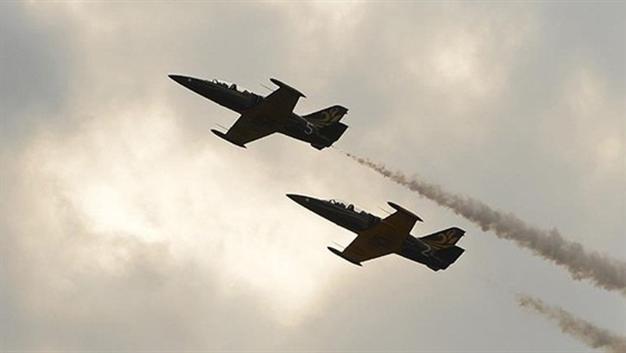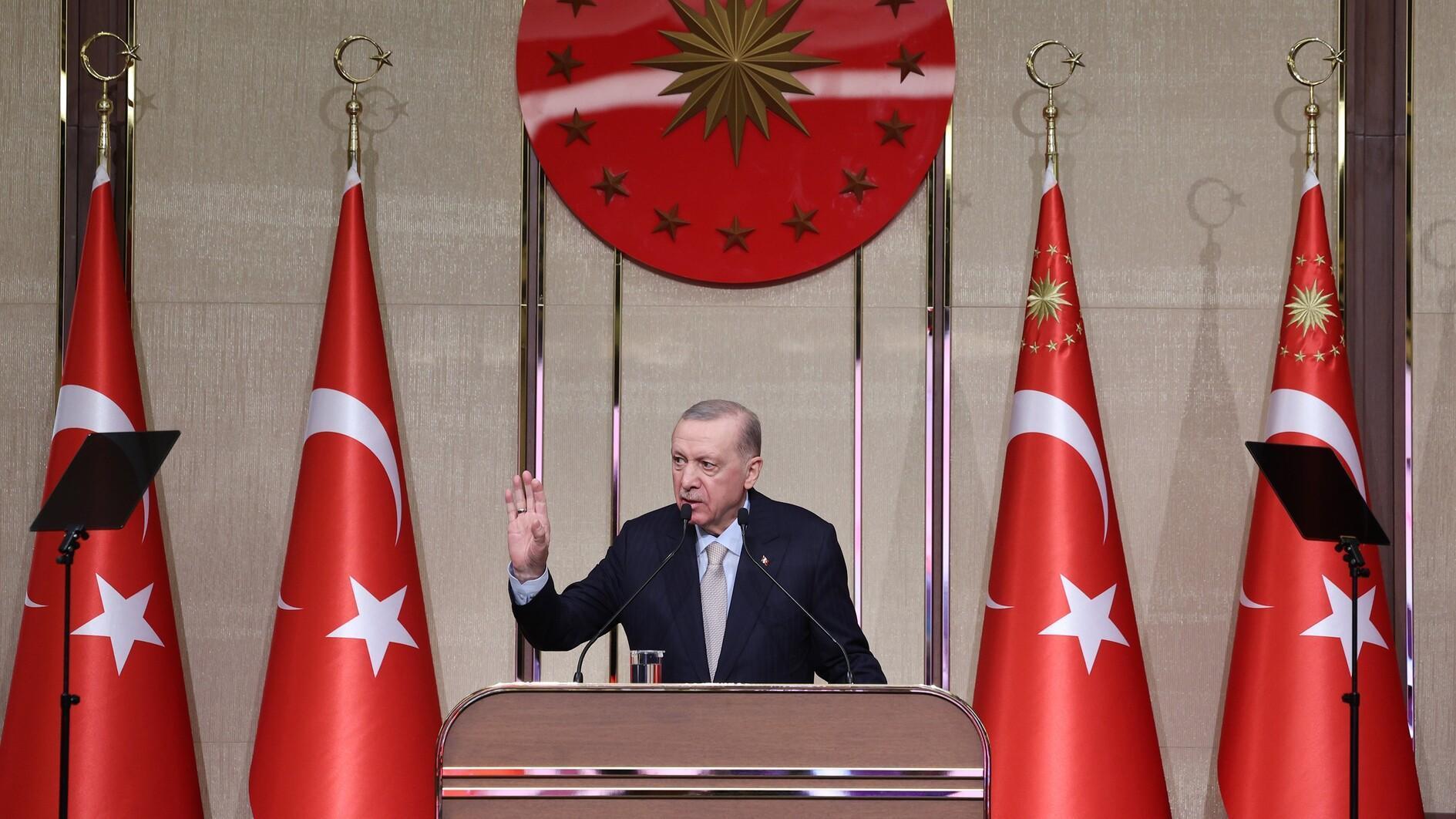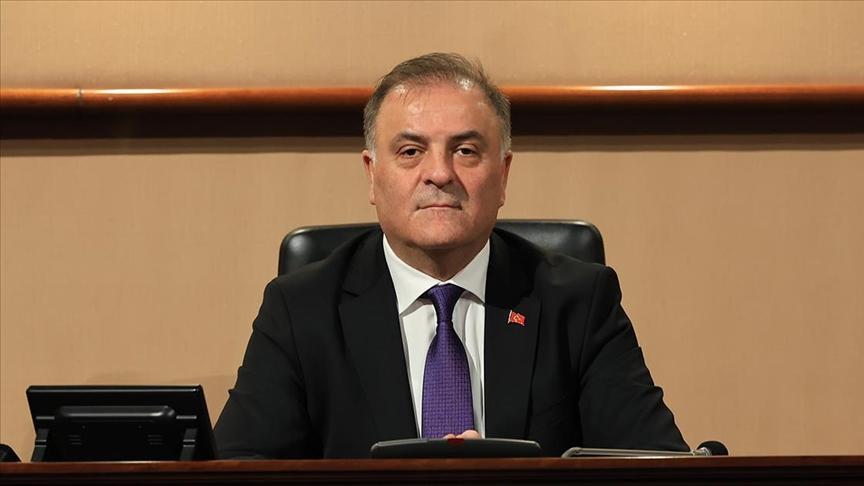Syrian regime forces bomb Kurds in north for first time
HASAKEH, Syria
 Syrian government aircraft bombed Kurdish positions in the divided northeastern city of Hasakeh on Aug. 18, the first such strikes against a Kurdish-held area of Syria, an AFP correspondent reported.
Syrian government aircraft bombed Kurdish positions in the divided northeastern city of Hasakeh on Aug. 18, the first such strikes against a Kurdish-held area of Syria, an AFP correspondent reported.The strikes hit three Kurdish-manned checkpoints and three Kurdish bases, the Syrian Observatory for Human Rights said.
They came after heavy clashes broke out on Aug. 17 between Kurdish fighters who control two-thirds of the city and pro-government militia who control the rest.
The clashes have left 11 people dead – four civilians, four Kurdish fighters and three government loyalists, a medical source told AFP.
The Syrian Kurdish People’s Protection Units (YPG) spokesman Redur Xelil said the air strikes had hit Kurdish districts of the city, which is mostly controlled by Kurdish groups, and the positions of a Kurdish security force known as the Asayish.
“There are martyrs and wounded,” Xelil told Reuters. The Syrian military could not immediately be reached for comment.
The Kurds, who control much of northeastern and northern Syria along the Turkish border where they have proclaimed an autonomous Kurdish region, recently demanded that the pro-government National Defense Forces disband in Hasakeh.
A government source in the city told AFP that the air strikes were “a message to the Kurds that they should stop this sort of demand that constitutes an affront to national sovereignty.”
While the YPG is a key U.S. ally in the fight against the Islamic State of Iraq and the Levant (ISIL), Turkey considers the group as a terrorist.
Washington regards them as the most effective fighting force on the ground in Syria and has provided weapons and special forces military advisers.
Meanwhile, the U.N.’s Syria envoy, Staffan de Mistura, on Aug. 18 said ongoing fighting in besieged parts of the country had forced the organization to suspend its humanitarian aid convoys.
De Mistura said convoys had been unable to reach parts of war-torn Syria for a month, especially Aleppo.
“Tomorrow is World Humanitarian Day, but in Syria we witness conflict, attacks, barrel bombs, chlorine gas, air strikes and suicide attacks,” de Mistura told reporters in Geneva on Aug. 18.
He said a 48-hour cease-fire in Aleppo would be the main focus of the U.N. task force.
Meanwhile, Syrian opposition activists have released haunting footage showing a young boy rescued from the rubble in the aftermath of a devastating airstrike in Aleppo.
The image of the stunned and weary looking boy, sitting in an orange chair inside an ambulance covered in dust and with blood on his face, encapsulates the horrors inflicted on the war-ravaged northern city and is being widely shared on social media.
A doctor in Aleppo on Aug. 18 identified the boy as 5-year-old Omran Daqneesh. Osama Abu al-Ezz confirmed he was brought to the hospital known as “M10” on the night of Aug. 17 following an airstrike on the rebel-held neighborhood of Qaterji with head wounds, but no brain injury, and was later discharged.
Rescue workers and journalists arrived at Qaterji shortly after the strike and began pulling victims from the rubble.
“We were passing them from one balcony to the other,” said photojournalist Mahmoud Raslan, who took the iconic photo, the Associated Press reported. He said he had passed along three lifeless bodies before receiving the wounded boy.
A doctor at M10 later reported eight dead, among them five children.
















